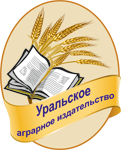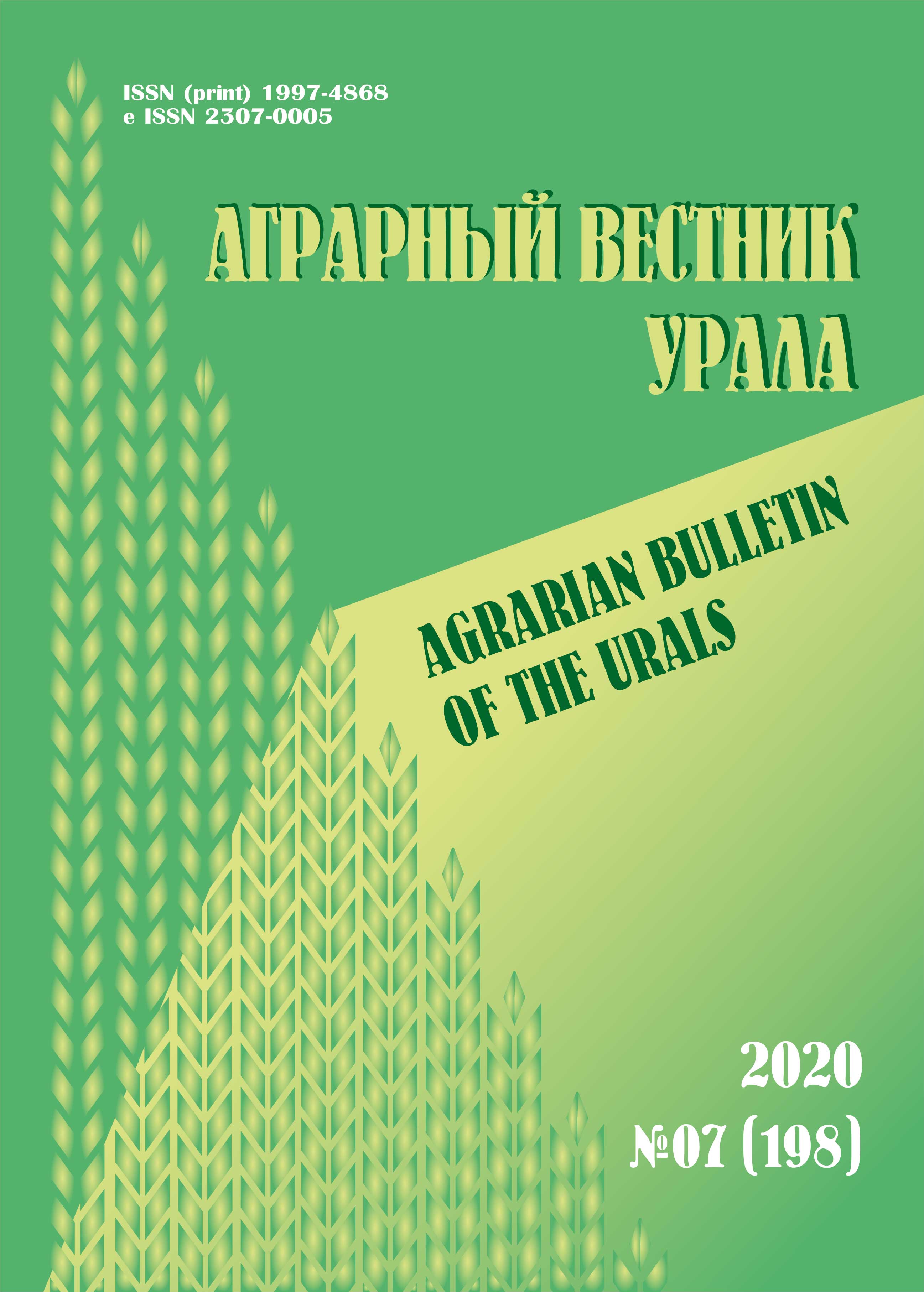Abstract. The conditions of keeping cattle should meet the biological requirements of the animal body as much as possible and contribute to the fullest realization of their genetic potential. In this regard, the study of the influence of housing conditions on the productive qualities and reproductive ability of cows is an actual, scientifically based research area. The aim of the study is a comparative assessment of tethered and non-tethered content in the study of the reproductive capacity and the level of milk productivity of black-and-white cows in the postpartum period. Methods. The results of the work are based on analytical, biometric, statistical methods and the authors ' own research. Results. In their studies, they found that the highest indicators for most parameters of milk productivity were cows with loose content: milk yield – by 1153.3kg (or 18.2 %), milk yield coefficient – by 198.7kg (or 16.4 %), the amount of milk fat – by 2.7kg (or 1.08 %), protein – by 9.7 kg (or 4.9 %) (P > 0.95) more in comparison with cows with tied content. Despite the manifestation of hunting, early insemination does not have any advantages over insemination at a later time, regardless of the methods of maintenance. Cows on the tethered method of keeping, which pass through three normal sexual cycles before insemination, have good fertilization rates (92.1 %). Cows on the loose method of keeping showed the highest percentage of pregnancy (92.7 %) for three months of accounting and more after calving. In general, the use of a complex of bioregulators allows you to get fairly high results of stimulating hunting, regardless of age and conditions of detention, which is an indicator of the activation of the ovarian follicular apparatus and the normalization of the hypothalamic-pituitary system of animals. The scientific novelty lies in the fact that the indicators of productivity and effectiveness of insemination of cows at different times after calving and on the number of lactation, depending on the tethered or non-tethered methods of maintenance, are established.
lactating cows, tethered method of keeping, non-tethered method of keeping, milk productivity, ovarian cycle, treatment, reproductive function, hunting, pregnancy
1. Gadzhiev A. M., Chernovol Yu. N., Usachev V. V. Produktivnost' korov v zavisimosti ot sposoba soderzhaniya i vypolneniya tehnologicheskih operaciy // Vestnik VNIIMZh. 2019. № 2 (34). S. 100-105.
2. Shkuratova I. A., Sokolova O. V., Ryaposova M. V., Donnik I. M., Loretc O. G., Barashkin M. I. Ocenka bioresursnogo potenciala vysokoproduktivnyh korov pri raznyh tehnologiyah soderzhaniya // Agrarnyy vestnik Urala. 2012. № 1 (93). S. 33-34. EDN: https://elibrary.ru/PAKILP
3. Kerslake J. I., Amer P. R., O’Neill P. L., Wong S. L., Roche J. R., Phyn C.V.C. Economic costs of recorded reasons for cow mortality and culling in a pasture-based dairy industry // Journal of Dairy Science. 2018. Vol. 101. No. 2. Pp. 1795-1803.
4. Kulakova T. V., Efimova L. V., Ivanova O. V. Vliyanie sposobov soderzhaniya na molochnuyu produktivnost' i vosproizvoditel'nuyu sposobnost' korov // Vestnik Altayskogo gosudarstvennogo agrarnogo universiteta. 2017. № 8 (154). S. 127-132. EDN: https://elibrary.ru/WMBXJF
5. Strekozov N. I., Sivkin N. V., Chinarov V. I., Bautina O. V. Ocenka molochnyh porod po vosproizvoditel'nym i adaptacionnym sposobnostyam // Zootehniya. 2017. № 7. S. 2-6. EDN: https://elibrary.ru/ZAYRTT
6. Coy Yu. A., Baisheva R. A., Tanifa V. V., Lukichev V. L., Alekseev A. A. Retrospektivnyy analiz i sravnitel'naya ocenka besprivyaznogo i privyaznogo soderzhaniya korov. Mify i realii // Vestnik VNIIMZh. 2018. № 3 (31). S. 37-43.
7. Zayceva O. V., Lefler T. F., Kurzyukova T. A. Effektivnost' proizvodstva moloka pri raznyh sposobah soderzhaniya korov // Vestnik KrasGAU. 2019. № 4 (145). S. 67-74. EDN: https://elibrary.ru/RNORFC
8. Gorelik O. V., Harlap S. Yu. Molochnaya produktivnost' korov v zavisimosti ot usloviy soderzhaniya // Izvestiya Sankt-Peterburgskogo gosudarstvennogo agrarnogo universiteta. 2019. № 54. S. 86-91. DOI: https://doi.org/10.24411/2078-1318-2019-11086; EDN: https://elibrary.ru/ZPBOSB
9. Qin X., Yang Sh., Zhang Y., Li L., Li P., Long M., Guo Y. Effects of non-esterified fatty acids on relative abundance of prostaglandin E2 and F2α synthesis-related mRNA transcripts and protein in endometrial cells of cattle in vitro // Animal Reproduction Science. 2020. Vol. 221. Article number 106549. DOI:https://doi.org/10.1016/j.anireprosci.2020.106549.
10. Nasibov F. N. Biologicheskie osnovy razrabotki biotehnicheskih metodov intensifikacii reproduktivnoy funkcii molochnyh korov i ih fiziologicheskoe obosnovanie: dis. ... d-ra biol. nauk: 03.00.13. Troick, 2009. 312 s.
11. Currin L., Michalovic L., Bellefleur A., Gutierrez K., Glanzner W., Schuermann Y., Bordignon V. The effect of age and length of gonadotropin stimulation on the in vitro embryo development of Holstein calf oocytes // Theriogenology. 2017. No. 104. Pp. 87-93. DOI:https://doi.org/10.1016/j.theriogenology.2017.08.011.
12. Pankratova A. V., Nasibov Sh. N., Shiriev V. M., Aminova A. L., Rameev T. V. Indikaciya polovoy ohoty i vremeni osemeneniya molochnyh korov // Prodovol'stvennaya bezopasnost' v kontekste novyh idey i resheniy: materialy mezhdunarodnoy nauchno-prakticheskoy konferencii. Semey (Kazahstan), 2017. T. 2. S. 442-445. EDN: https://elibrary.ru/YKYBLF
13. Pankratova A. V., Aminova A. L., Kozyrev S. G., Al-Azawi Nagham M. H. Role of reproductive hormones in ovarian pathology in cows // Plant Archives. 2019. T. 19. Pp. 24-30. EDN: https://elibrary.ru/BUQEHK
14. Changqi F., Wei M., Ruifeng G., et al. Prostaglandin F-2 alpha-PTGFR signaling promotes proliferation of endometrial epithelial cells of cattle through cell cycle regulation // Animal Reproduction Science. 2020. Vol. 213. Article number 106276.
15. Aminova A. L., Pankratova A. V., Solodovnikova E. S., Tyapugin E. A. Izbrannye aspekty tehnologii transplantacii embrionov KRS. Ufa, 2019. 175 s. EDN: https://elibrary.ru/QQBHAR
16. Aminova A. L., Yumaguzin I. F., Fenchenko N. G., Hayrullina N. I., Shamsutdinov D. H. Reproduktivnyy status korov v zavisimosti ot produktivnosti i kolichestva laktaciy // Molochnoe i myasnoe skotovodstvo. 2019. № 6. S. 29-31. DOI:https://doi.org/10.33943/MMS.2019.6.39674. EDN: https://elibrary.ru/LKPJSN
17. Yumaguzin I. F., Aminova A. L., Valitov F. R. Prodolzhitel'nost' hozyaystvennogo ispol'zovaniya korov v zavisimosti ot urovnya molochnoy produktivnosti za pervuyu laktaciyu // Izvestiya Ufimskogo nauchnogo centra RAN. 2018. № 3 (6). S. 80-82. DOI: https://doi.org/10.31040/2222-8349-2018-6-3-80-82; EDN: https://elibrary.ru/YLKLNB
18. Efimova L. V., Kulakova T. V. Vliyanie razlichnyh sposobov soderzhaniya na vosproizvoditel'nuyu sposobnost' korov // Ekologo-biologicheskie problemy ispol'zovaniya prirodnyh resursov v sel'skom hozyaystve: sbornik nauchnyh trudov. Ekaterinburg, 2017. S. 194-197. EDN: https://elibrary.ru/ZIXIXR









